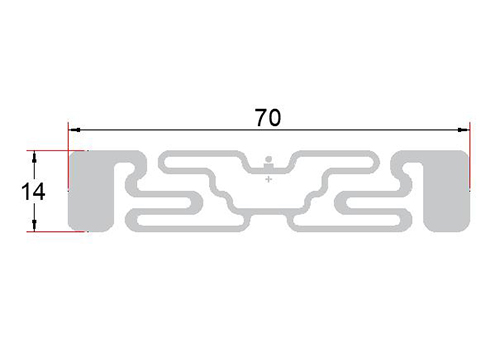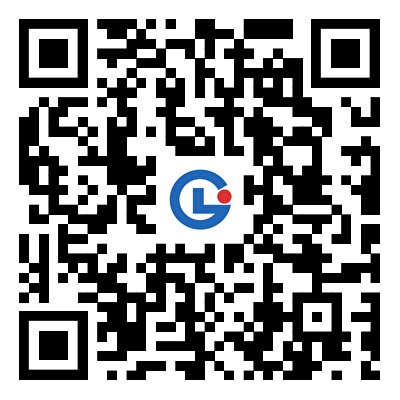How do RFID labels work?
2025-08-19
When it comes to optimizing for search terms like "RFID labels," understanding both the technical and practical aspects is crucial for ranking well on Google. Businesses and consumers often search for RFID labels with questions like "How do RFID labels work?" or "What are the best RFID labels for inventory management?" These queries reflect a need for clarity and actionable information. Crafting content that answers these questions while highlighting product specifications can significantly improve visibility.
RFID labels are a versatile solution for asset tracking, retail inventory, and logistics. Unlike traditional barcodes, they use radio frequency identification to store and transmit data wirelessly. This technology allows for faster scanning, even without direct line-of-sight, making them ideal for high-volume environments. Key parameters that influence performance include frequency (LF, HF, UHF), read range, material durability, and adhesive strength. Below is a breakdown of essential specifications:
| Parameter | Details |
|---|---|
| Frequency | LF (125 kHz), HF (13.56 MHz), UHF (860-960 MHz) – UHF offers longer range. |
| Read Range | From a few centimeters (LF) up to 15 meters (UHF with high-power readers). |
| Material | Paper, polyester, or synthetic blends for durability in harsh conditions. |
| Adhesive Type | Permanent, removable, or tamper-evident for security applications. |
| Operating Temp. | -40°C to 150°C for industrial use. |
| Compliance | ISO/IEC 18000-6C (EPC Gen2), RAIN RFID standards. |
One common question about RFID labels is:
Q: Can RFID labels be reused or reprogrammed?
A: It depends on the type of RFID label. Passive UHF RFID labels with EPC Gen2 chips can be rewritten multiple times, making them suitable for dynamic inventory tracking. However, some labels are factory-programmed with a unique ID that cannot be altered. Always check the product datasheet for read/write capabilities before purchasing.
Another frequent concern is:
Q: How do environmental factors affect RFID label performance?
A: Metal and liquid can interfere with RFID signals. For metal surfaces, specialized RFID labels with anti-metal layers are required to prevent signal blockage. Similarly, labels designed for moist environments use hydrophobic materials to maintain readability. Always select labels rated for your specific operational conditions.
For businesses seeking high-performance RFID labels, GZ provides industry-leading solutions with customizable options. Our labels are engineered for reliability across retail, healthcare, and supply chain applications. Whether you need short-range NFC tags or long-range UHF labels, our products adhere to global standards.
To learn more about how RFID labels can optimize your operations, contact us today for a tailored consultation. Our team is ready to assist with product selection, integration, and bulk ordering. Reach out via email or visit our website for real-time support.



